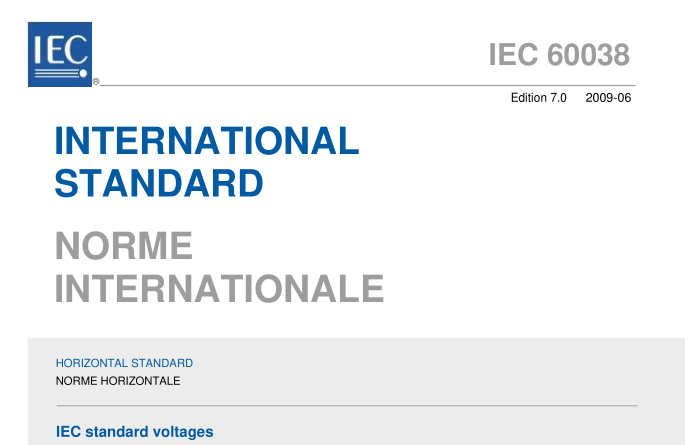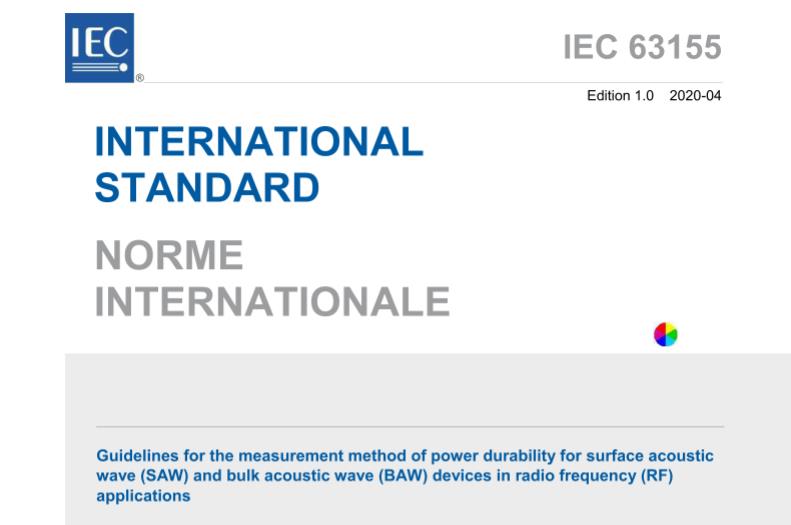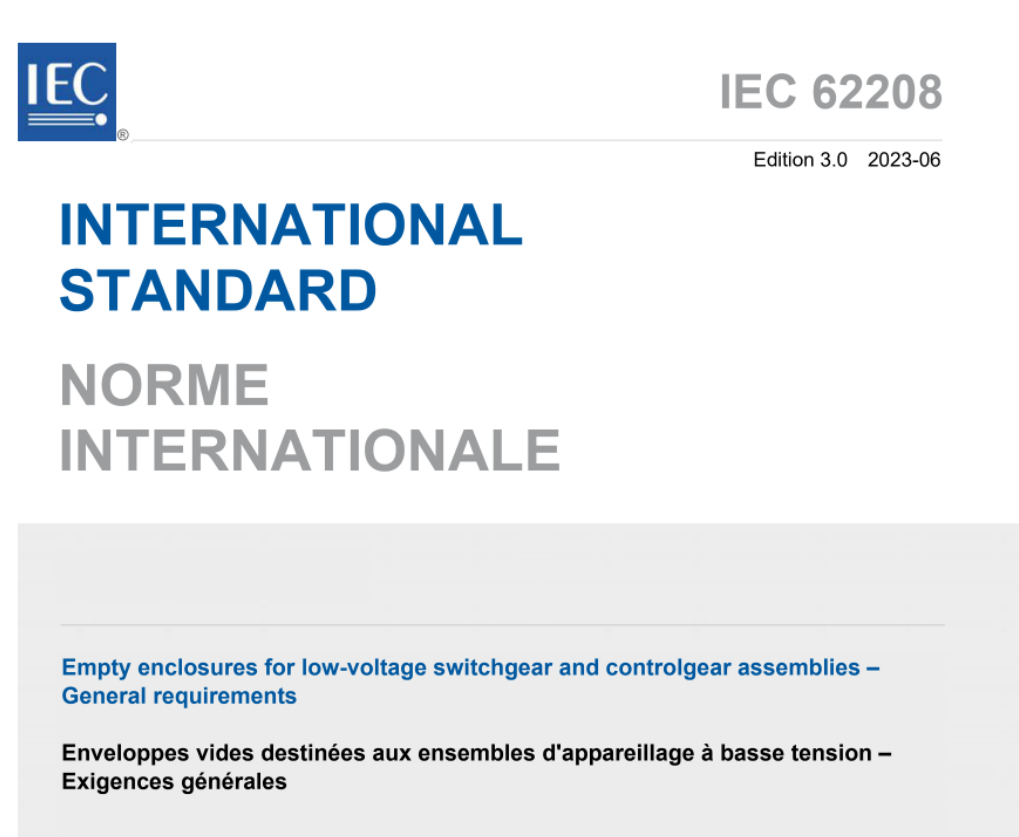The IEC 60034 standard:
- Outlines testing methodologies for the assessment of the sound power level of rotating electrical machines;
- Establishes the maximum A-weighted sound power levels for the factory acceptance testing of network-supplied, rotating electrical machines in accordance with IEC 60034-1. These machines are designed with cooling methods in line with IEC 60034-6 and protection levels as per IEC 60034-5, and feature the following characteristics:
- Standard design, either AC or DC, without any additional special electrical, mechanical, or acoustic modifications aimed at reducing the sound power level;
- Rated output ranging from 1 kW (or kVA) up to and including 5,500 kW (or kVA);
- Rated speed not exceeding 3,750 min-1.
- Noise limits for AC motors powered by converters are excluded. For guidance on these conditions, refer to Annex B.
The objective of this document is to determine the maximum A-weighted sound power levels, Iwa in decibels, dB, for airborne noise emitted by standard design rotating electrical machines, as a function of power, speed, and load, and to specify the method of measurement and test conditions appropriate for determining the sound power level of the machines to provide a standardized evaluation of machine noise up to the maximum specified sound power levels. This document does not provide correction for the presence of tonal characteristics. Sound pressure levels at a distance from the machine may be required in some applications, such as hearing protection programs. Information on such a procedure is provided in Clause 7 based on a standardized test environment.
Note 1: This document acknowledges the economic rationale for the availability of standard noise-level machines for use in non-critical areas or for use with additional noise attenuation measures.
Note 2: Where sound power levels lower than those specified in Tables 1, 2, or 3 are required, these are agreed upon between the manufacturer and the purchaser, as special electrical, mechanical, or acoustic design may involve additional measures.


